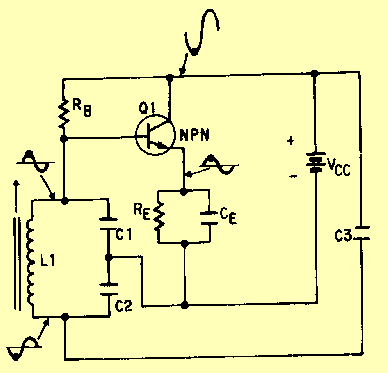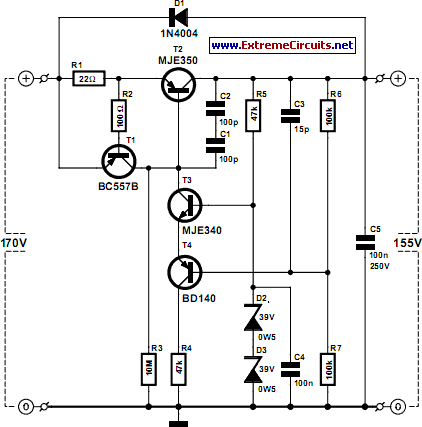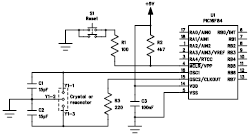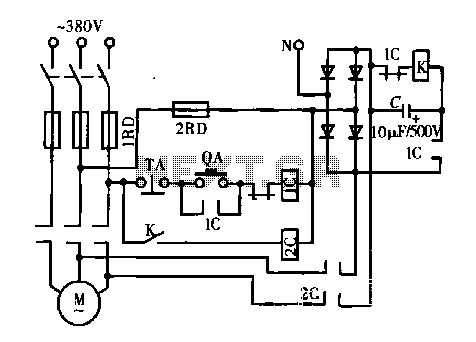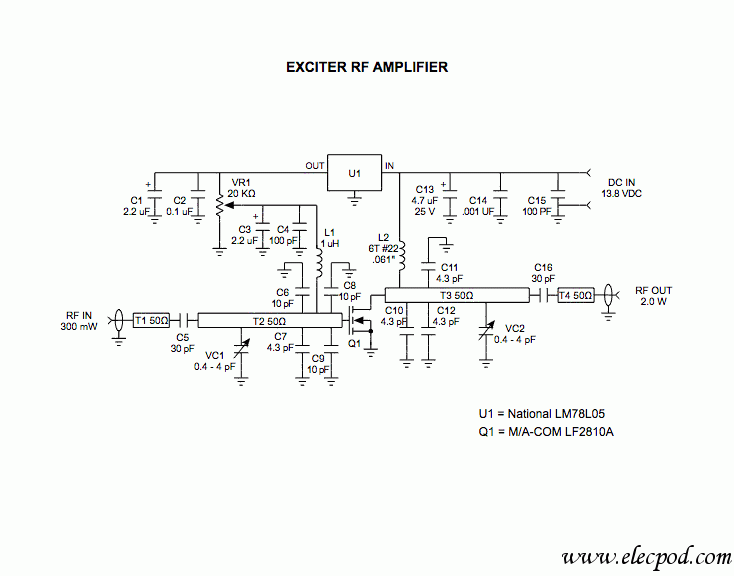
Photoelectric control circuit lullaby
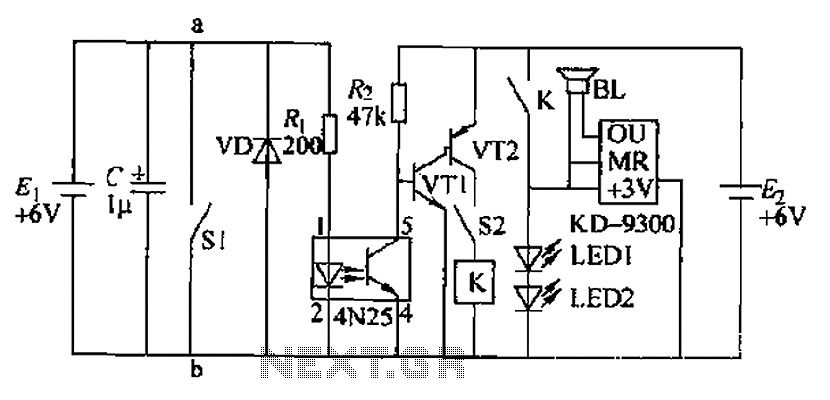
Due to the fast pace of modern life, intense competition, and widespread insomnia, which poses health risks, this section presents a feasible and effective method for controlling photoelectric hypnotic music to alleviate insomnia and facilitate sleep. The principle circuit illustrated utilizes a 4N25 optocoupler, which allows for one-way signal transmission without feedback effects, enabling optical transmission control. The optocoupler consists of an emitting diode and a phototransistor. The 4N25 forms part of a signal control circuit that governs VT1, VT2, and relay K in an audio oscillator circuit. Under normal conditions, a DC output is provided, which powers the light-emitting diode at the input of the 4N25, keeping the circuit in a non-conducting state, thus preventing the audio oscillator from operating. When switch S1 is closed, the voltage drops to zero, deactivating the light-emitting diode and turning off the phototransistor. This action allows a forward bias to be applied to VT1 via resistor Rz, turning it on, which in turn activates amplifier VT2. Consequently, the relay K is energized, closing its normally open contacts, and the light-emitting diodes LED1 and LED2 illuminate, producing a delightful blend of international music to help the user drift into sleep. When S1 is opened, the circuit returns to its waiting state. The circuit operates on a dual power supply of 6V DC. The components include the 4N25 optocoupler, KD-9300 music source, a 6V battery, 1N4001 diodes, JRX-13F small power relays, and transistors 3DG12 and 3CG21. The LEDs are 3mm red light-emitting diodes, and a small speaker is included. Additional component specifications are provided in the accompanying schematic. Assembly and commissioning should follow the schematic design, with components soldered onto a printed circuit board or purchased pre-assembled. The power supply should be secured to the chassis backplane, and the speaker mounted on the chassis wall. The power switch, indicator, and test jacks should be positioned on the front panel. The minimum chassis dimensions are 120 x 80 mm, and suitable insulating materials such as wood or plastic can be used for construction.
The circuit operates through an optocoupler, specifically the 4N25, which provides isolation between the control signals and the audio output. The design ensures that the audio oscillator remains inactive until the user initiates the process by closing switch S1. This switch effectively interrupts the power to the light-emitting diode, allowing the phototransistor to deactivate, which in turn enables the base of VT1 to receive the necessary bias voltage through resistor Rz. This design not only enhances safety by isolating the control and output sections but also allows for a compact integration of components, making it suitable for various applications where space is limited.
The choice of components is critical for the performance of the circuit. The 4N25 optocoupler is selected for its reliability and efficiency in transmitting control signals. The audio source, KD-9300, is chosen for its quality output, ensuring that the music played is pleasant and soothing, which is essential for promoting relaxation and sleep. The use of small power relays like the JRX-13F allows for effective control of the audio circuit without significant power loss.
The assembly process requires careful attention to detail, ensuring that all components are correctly oriented and securely soldered to avoid malfunctions. Proper insulation and mounting of the components are necessary to prevent short circuits and ensure longevity of the device. The circuit design allows for easy troubleshooting and modifications, making it adaptable for future enhancements or alterations based on user preferences or technological advancements. Because of the high rhythm of peoples lives. Tense, intense competition, many people suffering from insomnia, pose a threat to health and work, for this section presents a feas ible and effective way to control song photoelectric hypnotic music can lift your insomnia troubles, let you into dreamland. (1) The Principle circuit shown in Figure g-44, using 4N25 optocoupler output terminal of input terminals without feedback effect, the principle of only one-way transmission signal, to achieve optical transmission control.
Optocoupler emitting diode and phototransistor group into. Rj, 4N25 constituting the signal control circuit for controlling VT1, VT2, K, Y composition audio oscillator circuit. Circuit normal, DC output by brother, added to O and 4N25 the end, light emitting diode, make and end conduction, VT1 base bias and off, the audio oscillator does not work.
When a, b ends when switch Sl short circuit, the voltage is zero, the light-emitting diode tube does not work, the photosensitive transistor is turned off, and the partial pressure of Rz, Dai VT1 base to provide forward bias to turn it on. Amplifier tube VT2 work, the collector electric coil on the relay K, K normally open contacts closed, the light emitting diode LED1, LEDZ sparkling musical circuit, to play a wonderful blend of international music week, take you into dreamland.
Disconnect SI circuit resumed wait state. Dual power supply 6V DC power supply. (2) Component selective optical coupler selected 4N25, musical selection KD- 9300, + 6V battery power supply selection, VD is 1N4001, K selection JRX-13F Small power relays, VT1 force 3DG12. VT2 is 3CG21. I.EDl, LED2 selected diameter + 3mm red light-emitting diodes, a small selection of the speaker BL. Other component parameters as shown in Figure 9-45. (3) Installation and commissioning according to the schematic design of the printed circuit board or self-purchase, the components soldered to the printed circuit board, power supply fixed to the chassis backplane.
Speaker is mounted on the inner wall of the chassis side. Power switch, indicator, test jacks on the front panel. Press the schematic corresponds to the connection. The minimum reference size chassis 120 8mmz. Available insulation materials such as wood, plastic plate processing or outsourcing.
The circuit operates through an optocoupler, specifically the 4N25, which provides isolation between the control signals and the audio output. The design ensures that the audio oscillator remains inactive until the user initiates the process by closing switch S1. This switch effectively interrupts the power to the light-emitting diode, allowing the phototransistor to deactivate, which in turn enables the base of VT1 to receive the necessary bias voltage through resistor Rz. This design not only enhances safety by isolating the control and output sections but also allows for a compact integration of components, making it suitable for various applications where space is limited.
The choice of components is critical for the performance of the circuit. The 4N25 optocoupler is selected for its reliability and efficiency in transmitting control signals. The audio source, KD-9300, is chosen for its quality output, ensuring that the music played is pleasant and soothing, which is essential for promoting relaxation and sleep. The use of small power relays like the JRX-13F allows for effective control of the audio circuit without significant power loss.
The assembly process requires careful attention to detail, ensuring that all components are correctly oriented and securely soldered to avoid malfunctions. Proper insulation and mounting of the components are necessary to prevent short circuits and ensure longevity of the device. The circuit design allows for easy troubleshooting and modifications, making it adaptable for future enhancements or alterations based on user preferences or technological advancements. Because of the high rhythm of peoples lives. Tense, intense competition, many people suffering from insomnia, pose a threat to health and work, for this section presents a feas ible and effective way to control song photoelectric hypnotic music can lift your insomnia troubles, let you into dreamland. (1) The Principle circuit shown in Figure g-44, using 4N25 optocoupler output terminal of input terminals without feedback effect, the principle of only one-way transmission signal, to achieve optical transmission control.
Optocoupler emitting diode and phototransistor group into. Rj, 4N25 constituting the signal control circuit for controlling VT1, VT2, K, Y composition audio oscillator circuit. Circuit normal, DC output by brother, added to O and 4N25 the end, light emitting diode, make and end conduction, VT1 base bias and off, the audio oscillator does not work.
When a, b ends when switch Sl short circuit, the voltage is zero, the light-emitting diode tube does not work, the photosensitive transistor is turned off, and the partial pressure of Rz, Dai VT1 base to provide forward bias to turn it on. Amplifier tube VT2 work, the collector electric coil on the relay K, K normally open contacts closed, the light emitting diode LED1, LEDZ sparkling musical circuit, to play a wonderful blend of international music week, take you into dreamland.
Disconnect SI circuit resumed wait state. Dual power supply 6V DC power supply. (2) Component selective optical coupler selected 4N25, musical selection KD- 9300, + 6V battery power supply selection, VD is 1N4001, K selection JRX-13F Small power relays, VT1 force 3DG12. VT2 is 3CG21. I.EDl, LED2 selected diameter + 3mm red light-emitting diodes, a small selection of the speaker BL. Other component parameters as shown in Figure 9-45. (3) Installation and commissioning according to the schematic design of the printed circuit board or self-purchase, the components soldered to the printed circuit board, power supply fixed to the chassis backplane.
Speaker is mounted on the inner wall of the chassis side. Power switch, indicator, test jacks on the front panel. Press the schematic corresponds to the connection. The minimum reference size chassis 120 8mmz. Available insulation materials such as wood, plastic plate processing or outsourcing.
